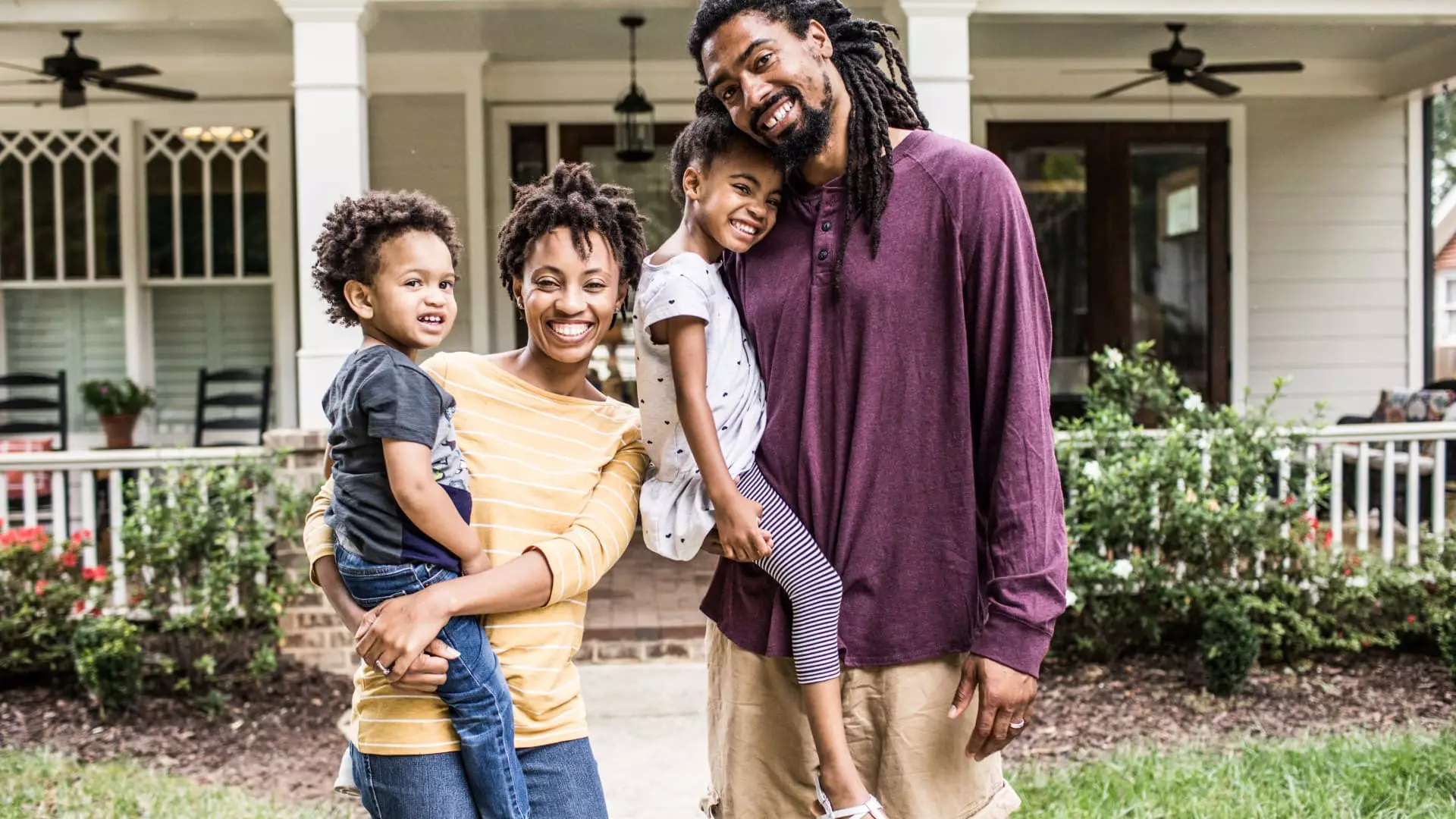In the United States, the aspiration of owning a home is often equated with achieving the American Dream. It evokes images of stability, financial success, and a strong community presence. However, the landscape has significantly shifted over the years, leaving many aspiring homeowners disillusioned. For an increasing number of Americans, particularly younger individuals and first-time buyers, the possibility of entering the housing market has become a daunting challenge filled with obstacles such as soaring home prices, stagnant wages, and tough mortgage conditions. This article presents a transformative solution: implementing a 40-year mortgage model supported by the Federal Home Loan Bank (FHLB) framework, coupled with essential financial literacy training and targeted federal subsidies.
The conventional 30-year mortgage has long represented the benchmark in home financing. While it does offer manageable monthly payments balanced against a reasonable repayment timeframe, the impacts of rising real estate prices and fluctuating interest rates are forcing many would-be homeowners to recalibrate their aspirations. A growing body of evidence indicates that even standard mortgage solutions can prove unattainable, particularly in urban centers where housing demands outpace supply. Herein lies the argument for a new paradigm: a 40-year mortgage solution that would facilitate lower monthly payments by elongating the repayment period, enabling families more effectively to enter home ownership while fostering financial resilience over the long term.
Many detractors question the merits of this extended mortgage tenure, pointing to the potential for increased interest payments across a lifetime. Yet, it is paramount to weigh these concerns against the critical benefits of affordability and access. The alternative for unwilling renters is a precarious existence that builds little equity, perpetuating economic vulnerability and ultimately increasing the risks of displacement amid escalating living costs. A 40-year mortgage presents a viable compromise that enables families to begin accumulating wealth and enjoying broader societal contributions.
The FHLB System: A Framework for Progress
To realize this vision of expanded homeownership, we must strategically leverage existing structures. The Federal Home Loan Bank system stands out as a pragmatic solution, as it is a government-sponsored enterprise designed to provide liquidity to financial institutions. Utilizing this established network allows us to deploy a 40-year mortgage program across the nation rapidly. Such an approach not only offers potential benefits to prospective homeowners but also fosters stability in local housing markets by supporting diverse community needs across geographical regions.
In conjunction with the FHLB framework, introducing federal subsidies for first-time homebuyers who complete financial literacy training can amplify the impact of this system. These homeowners could benefit from favorable mortgage rates ranging from 3.5% to 4.5%, with subsidies tailored according to regional housing costs—$350,000 for rural areas and up to $1 million for urban environments. The incorporation of required financial training serves a dual purpose: it promotes responsible financial management while producing a more knowledgeable base of homeowners capable of making informed decisions.
Leveraging a 40-year mortgage initiative with financial training and subsidies goes beyond merely assisting individuals in becoming homeowners. It creates significant ripple effects that stimulate broader economic conditions. Homeownership drives consumer spending; new homeowners typically invest in an array of goods and services, effectively bolstering local economies. Moreover, an increase in homeownership rates is correlated with community stability. Homeowners are inclined to invest in neighborhoods that enhance property values, improve public safety, and foster social cohesion—creating environments conducive to first-rate education and business growth.
By facilitating greater access to homeownership, especially for historically marginalized communities, we stand to mitigate the entrenched wealth disparities that have been a focal point of social justice discussions. With minorities and young individuals experiencing barriers to home ownership, a 40-year mortgage model can serve as a tool for rectification. This strategy promotes equity in wealth-building opportunities, enabling all citizens to share in the prosperity associated with homeownership.
A Vision for a Sustainable Future
The interplay between the proposed 40-year mortgage, financial literacy, and the infrastructure provided by the FHLB program represents an innovative pathway that can engender sustainable economic growth and development. As we strive for a more resilient and inclusive economy, addressing the home ownership gap is pivotal. Homeownership not only secures a stable living environment for families but also enhances prospects for future savings and community investment.
Bold, forward-thinking actions are required to revitalize and reshape the American Dream into a tangible reality for all. By reimagining our approach to homeownership through diversified mortgage pathways aligned with educational initiatives, we rejuvenate the prospects for millions. The urgency of redefining financial literacy as a civil rights issue resonates deeply within this campaign, empowering individuals and fostering collective opportunities. The time is ripe for decisive action—let us collectively strive to ensure that the dream of homeownership remains vibrant, equitable, and attainable for generations to come.

